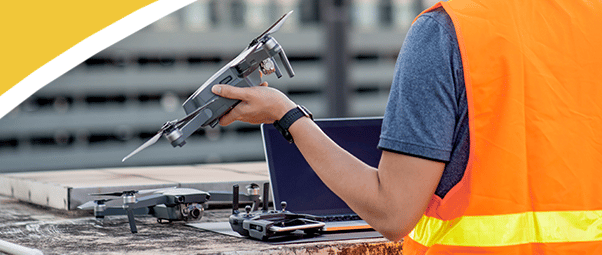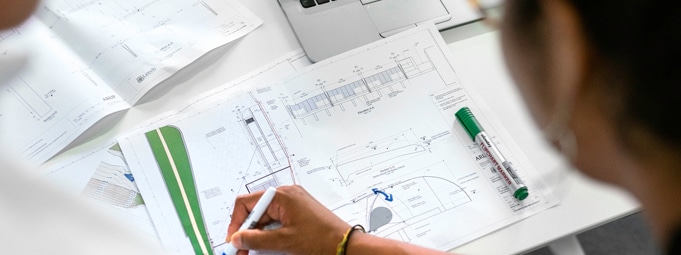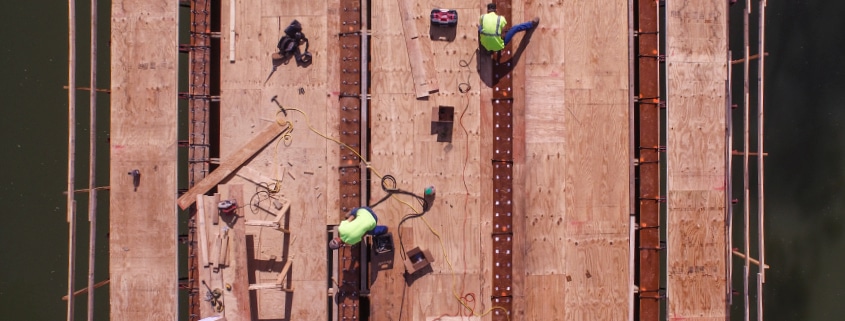Many areas of the United States have bridge infrastructure that is in terrible condition.
Regular inspections are essential to identify potential issues and prevent catastrophic failures that can endanger human lives and cause significant economic damage. And now, with the use of inspection robots, the process can be safer, faster, and more cost-effective than traditional methods.
These specialized robots use advanced technologies such as sensors, cameras, and artificial intelligence to detect and analyze bridge defects that may have otherwise been skipped over.
By using this technology, bridge owners and operators can better assess potential issues and take the necessary proactive measures to address them.
The Current State of Our Bridges
According to the American Society of Civil Engineers, there are over 617,000 bridges in the United States, with 42% being 50 years old or older and nearing the end of their structural lives.
Bridges are aging, and 7.5% of all bridges in the United States are structurally deficient, meaning that all or part of the bridge is unsound.
Because of this, it’s necessary to inspect bridges more frequently to look for wear and tear that could cause safety issues and partial failure or total collapse. However, the federal government and state regulations for bridge inspections are all different.
The Benefit of an Inspection Robot
Inspection robots can be a substitute for humans in potentially dangerous environments, such as those where there is a fire or combustible gas. They can also contain high-definition and infrared cameras, microphones, and gas detectors.
Aside from replacing humans in hazardous situations, inspection robots provide far more mobility than humans, with the ability to move around tight spaces or climb up walls. This allows engineers to make more informed decisions quickly.
Robots can be controlled manually from a distance or programmed to complete certain tasks and instructions. These features create an effective tool for engineers.
As technology advances, these robots will only become more capable and versatile, opening up new possibilities for their use within the construction industry.
Drone Inspections
In recent years, drones have become more than just a hobby or a novelty. They are now effective tools that can assist humans in various industries, including construction and engineering.
Much like other inspection robots, drones save time and money and significantly reduce the risk of accidents by minimizing the need for workers to climb scaffolding or high areas.
They can also perform more complex inspections as technology improves. As we collect and analyze more data, the information we get from drone inspections will help engineers perform better bridge maintenance and make better design decisions. This improves the safety and longevity of our country’s infrastructure.
Traditional bridge inspection methods, alongside inspection robots, employ cutting-edge tools and equipment for hands-on inspections. But as technology improves, drones and robots’ abilities will continue to grow. This will make them more important for a wider range of construction and engineering tasks.
Growing into the Future with U.S. Bridge
Technology and robotics are changing construction and engineering forever. U.S. Bridge uses cutting-edge technology to evolve, like our exclusive BridgeScope tool.
Contact us to get your project started!










